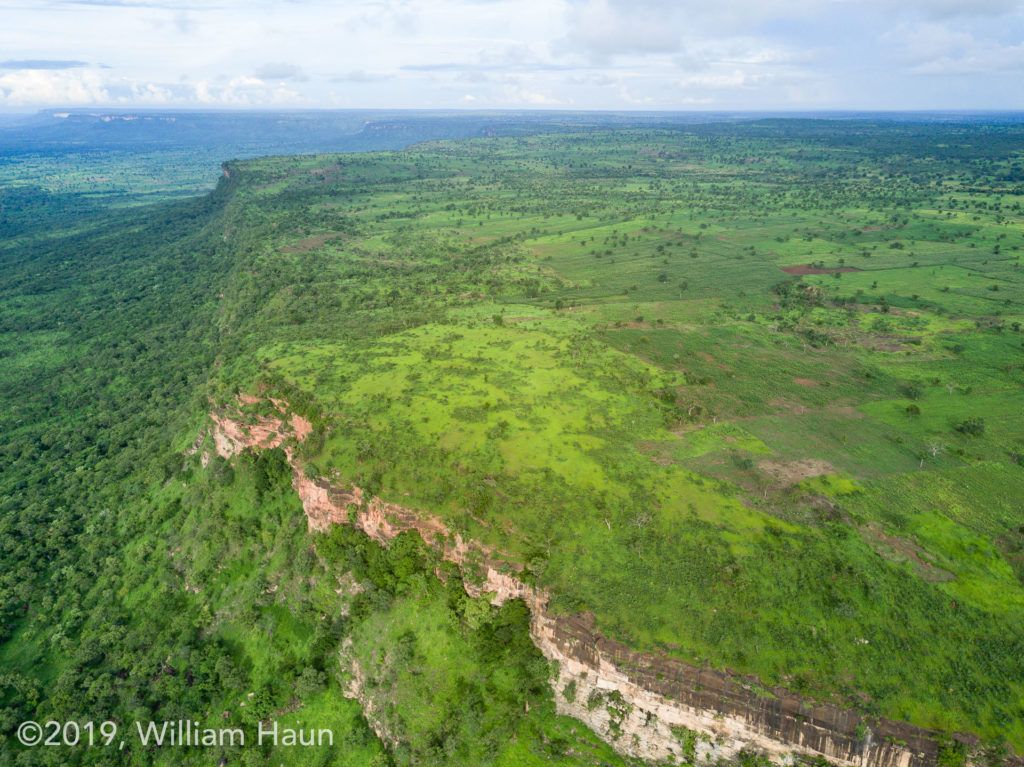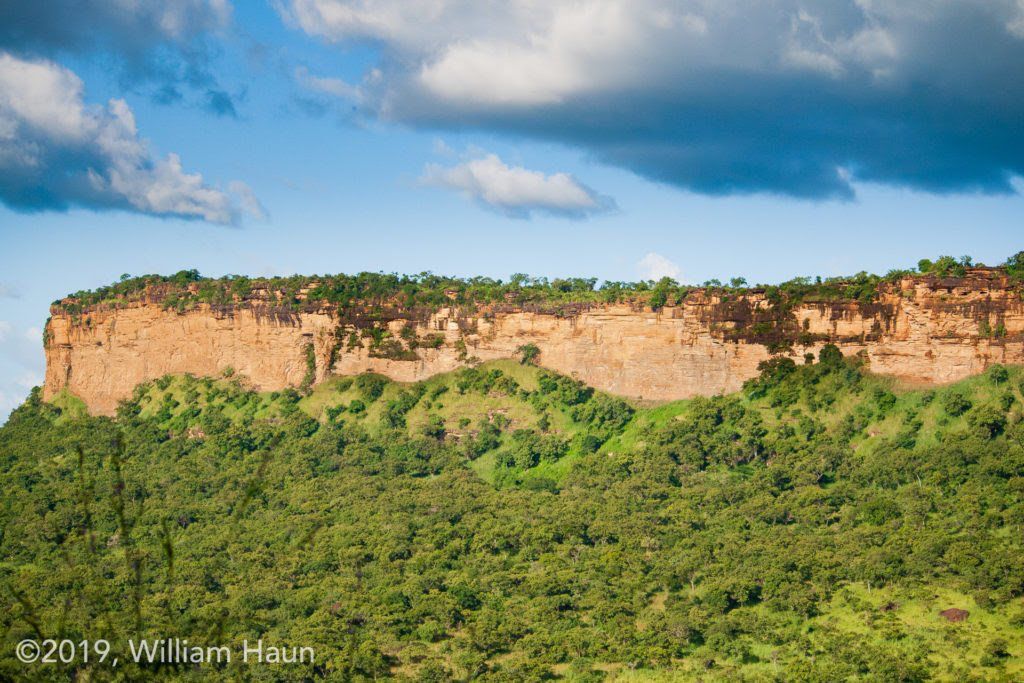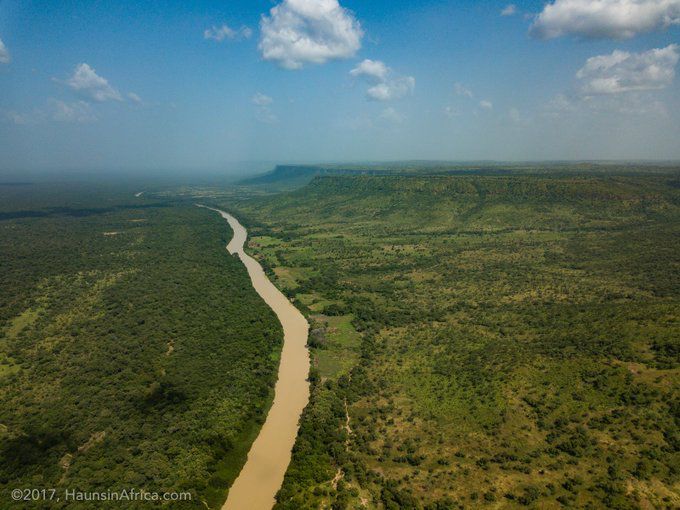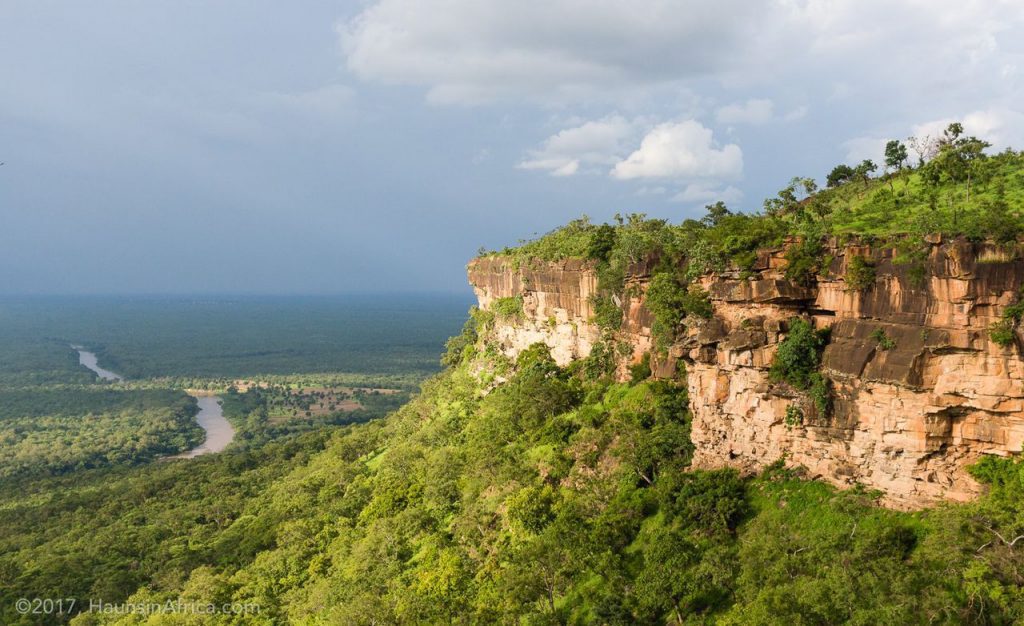The Northern border of Ghana’s North East Region is defined by the Gambaga escarpment, a long line of cliffs that stretch for nearly 100km from Walewale to the Ghana-Togo border at Tusugu. Composed of horizontal layers of sandstone, the scarp causes the southbound White Volta River to turn west and follow the Western half of the scarp until it finally turns south again at Kpasinkpe.
The elevation of the scarp, ranging from 1,000 to 1,500 feet (300 to 460 meters), creates a relatively cool and moist climate, ideal for the cultivation of grains and yams as well as stock raising. The Gambaga scarp is home to the only sizable town on the plateau, Gambaga, which was originally a cotton-collecting center and is now a popular hill station.

Despite being the only major town on the plateau, Gambaga has a rich history and culture. The town is known for its traditional architecture, which includes unique round huts made of mud and thatched roofs. These huts, known as Gurunsi architecture, are a testament to the town’s heritage and are a popular attraction for visitors.
In addition to its architecture, Gambaga is also home to the Gambaga Witch Camp, a community of women who have been accused of witchcraft and forced to flee their homes. The Witch Camp has become a symbol of the struggle for women’s rights and the fight against discrimination and persecution.

The Gambaga scarp is also a significant transportation hub for the region. The only major road of the scarp runs from Gambaga to Walawale and from there to Kumasi. This road is an important link between the North East Region and the rest of the country, facilitating the movement of goods, people, and services.

If you are a tourist visiting Ghana, the Gambaga scarp and the town of Gambaga are must-see destination in the North East Region. The scarp’s unique composition and elevation create a cool and moist climate, providing an ideal environment for cultivation and stock raising. This has led to a vibrant agricultural community, with stunning landscapes and breathtaking views.
In Gambaga, you will find a rich cultural heritage, with unique traditional architecture and the Gambaga Witch Camp, which is a testament to the fight against discrimination and persecution. The town is also a popular hill station, offering visitors a cool and refreshing break from the heat and humidity of other parts of Ghana.
The Gambaga scarp and Gambaga town are easily accessible by road, making them an ideal destination for a day trip or a longer stay. You can experience the local culture, sample the traditional cuisine, and enjoy the beautiful scenery of the scarp and surrounding areas.
Whether you are a history buff, a nature lover, or simply looking for a unique and unforgettable experience, the Gambaga scarp and Gambaga town are a destination you do not want to miss. So, pack your bags and head to the North East Region of Ghana to explore this beautiful and fascinating part of the country.
Location of the Gambaga Escarpment

READ NEST ON: Assin Manso Slave River Site: The Final Stop on Ghana’s Slavery Route






































